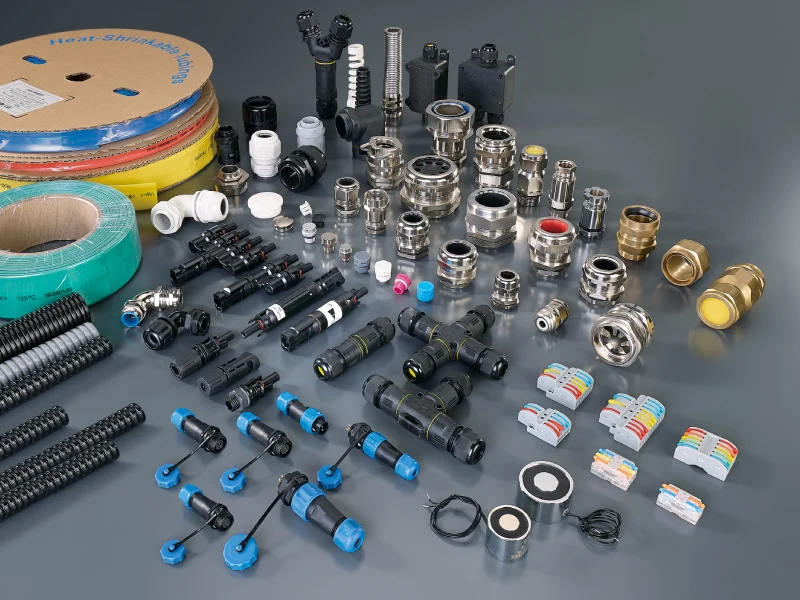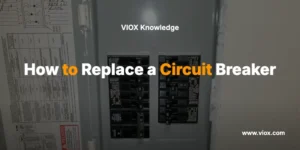VIOX All Series Electrical Products
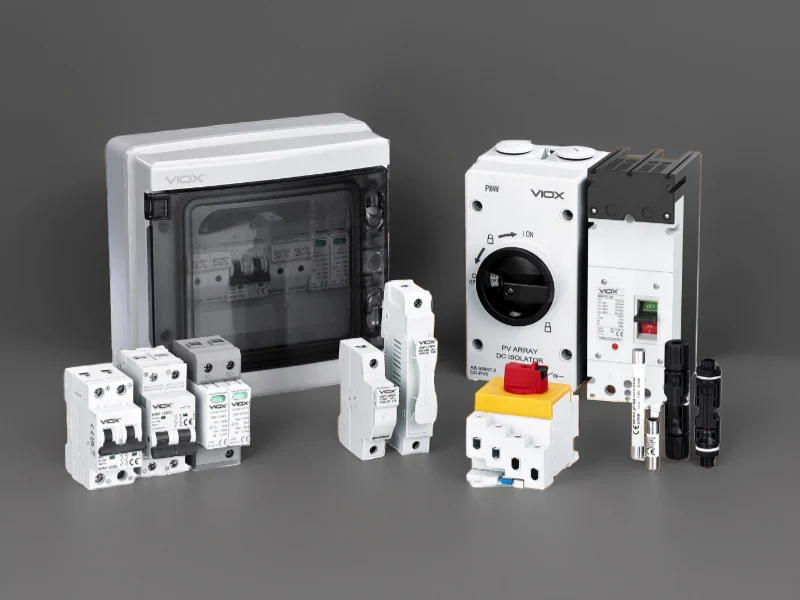
New Energy Device
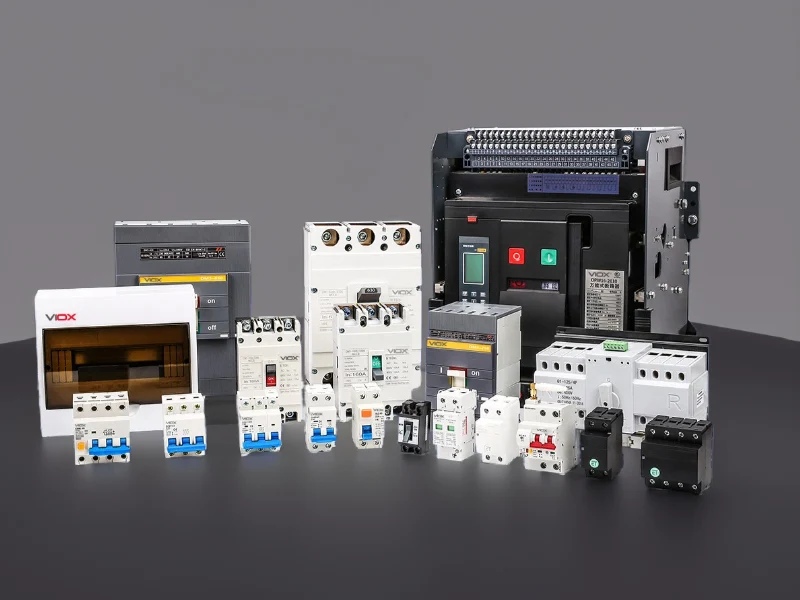
Electrical Control Device
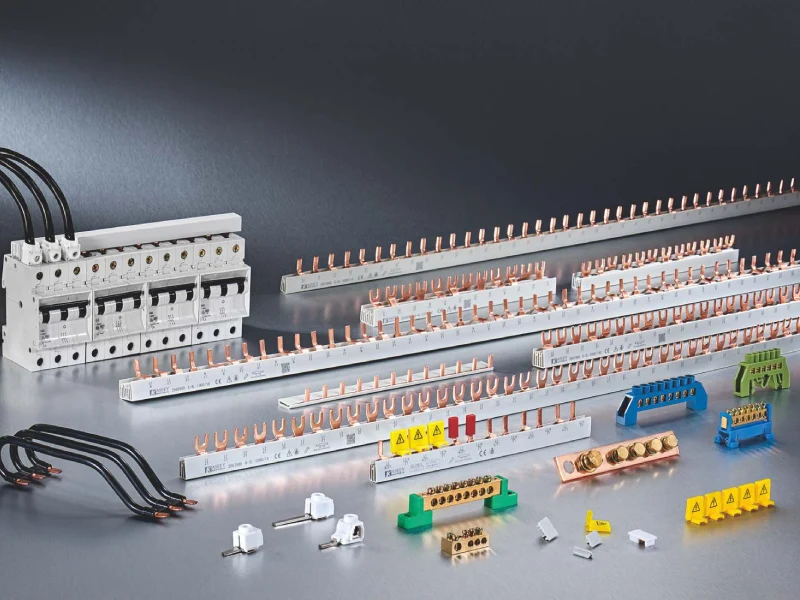
Control Panel Accessories
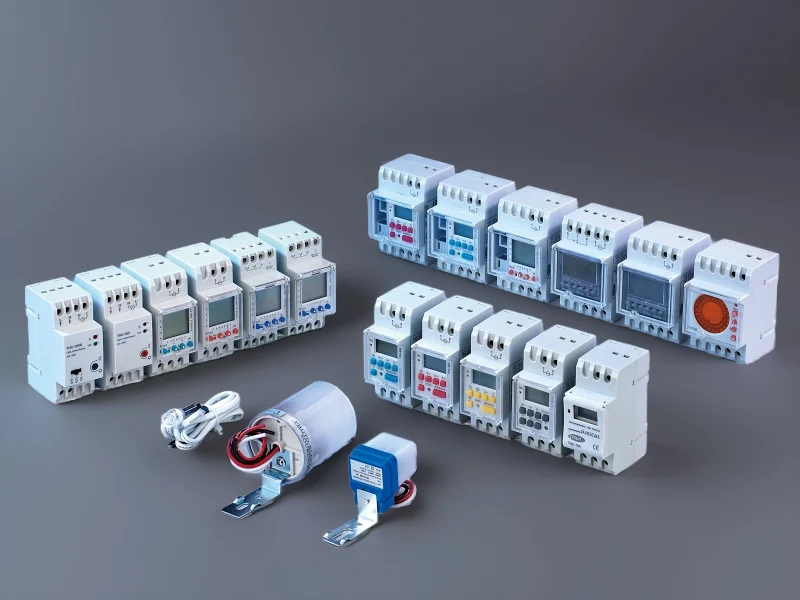
Timer & Photo-Electric Cell
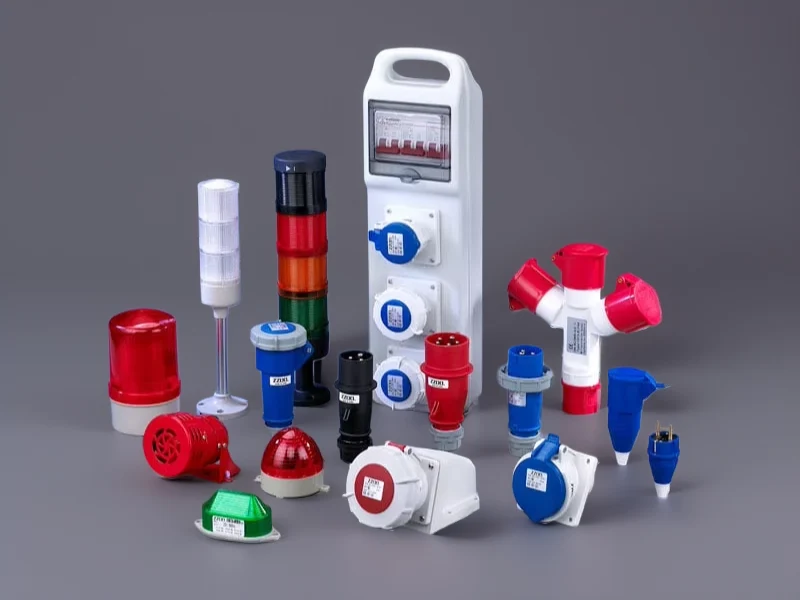
Switch And Socket
About VIOX
VIOX Electric is a leading global manufacturer and supplier of low-voltage electrical equipment and solutions. With over 10 years of experience in the industry, we specialize in providing high-quality, innovative products for power distribution, control, and protection across various sectors including residential, commercial, industrial, and renewable energy applications.
![]()
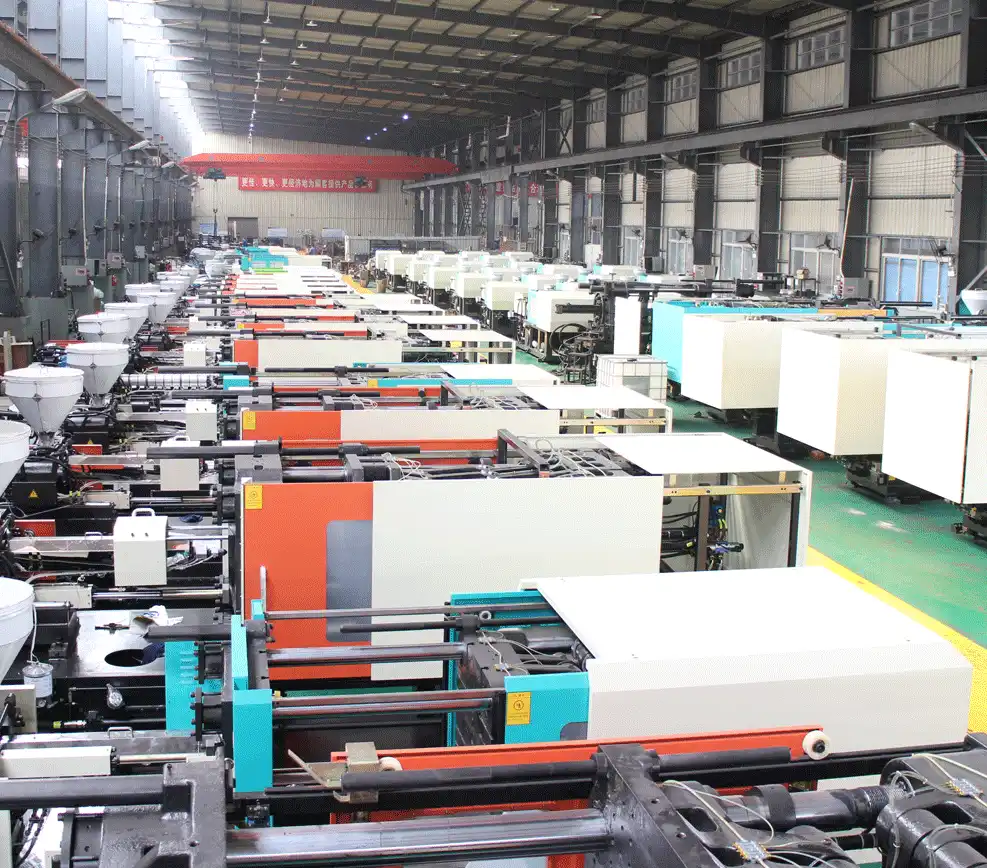
Excellence in Electrical Manufacturing
We are a professional electrical equipment manufacturer committed to excellence. Our production facilities meet strict ISO standards, featuring advanced dust-free workshops to ensure product quality and reliability. From new energy solutions to industrial control systems, circuit protection devices to power distribution equipment, we deliver comprehensive electrical solutions that perform optimally for your projects.
Industry Application
- NEW ENERGY
- Electric power industry
- Construction industry
- Data Center
- Industrial and Mining Enterprises
- OEM

NEW ENERGY
VIOX ELECTRIC pioneers advanced, sustainable energy solutions, focusing on innovative systems that maximize efficiency while minimizing environmental impact. Our expertise in integrating cutting-edge technology with practical applications ensures reliable, cost-effective energy management across diverse sectors, positioning us at the forefront of the renewable energy industry.

Electric Power Industry
The power grid forms the backbone of modern energy infrastructure, orchestrating the intricate dance of electricity from generation to consumption. It encompasses the critical processes of transmission, distribution, and dispatching of electrical energy. Through a network of substations and power lines, electricity flows from power plants to diverse end-users across industrial, commercial, and residential sectors.
VIOX Electric, with its wealth of industry experience, stands at the forefront of this vital sector. We offer comprehensive integrated solutions for medium and low-voltage electrical equipment up to 35KV. Our expertise ensures the seamless and reliable power supply essential for maintaining the pulse of social and economic life. From robust transmission systems to efficient distribution networks, VIOX Electric delivers cutting-edge solutions that power progress and energize communities.

Construction Industry
The construction industry is a cornerstone of economic growth, urban development, and improved living standards. As the sector embraces innovative concepts like green and smart buildings, VIOX Electric stands at the forefront of this evolution. We deliver high-quality, professional-grade low-voltage distribution solutions, continuously optimized to meet the diverse protection needs of modern construction.
Our commitment to innovation and development injects new vitality into the industry, supporting the creation of sustainable, intelligent urban environments. With VIOX Electric, the building industry gains a partner dedicated to powering progress and shaping the future of construction.

Data Center
In the digital age, data centers are the pulsing heart of information technology, housing vast arrays of servers, storage devices, and network equipment. These critical facilities demand an uninterrupted, high-capacity power supply to maintain their round-the-clock operations.
VIOX Electric rises to this challenge with robust power distribution solutions tailored for data centers. Our systems deliver the stable, reliable power supply essential for keeping the digital world running smoothly, ensuring your data remains secure and accessible 24/7.

Industrial and Mining Enterprises
The industrial and mining sector encompasses a vast array of industries, from manufacturing to resource extraction. This diverse field—including machinery, chemicals, steel, electronics, and mining—forms the backbone of our modern economy, providing essential products and materials to society.
VIOX Electric, leveraging years of industry expertise, delivers comprehensive power distribution solutions tailored to these demanding environments. Our systems ensure:
• Safe and reliable operations
• Cost-effective energy management
• Optimized system performance
• Uninterrupted power for critical processes
By partnering with VIOX Electric, industrial and mining enterprises gain a powerful ally in their quest for efficiency, productivity, and sustainable growth.

VIOX OEM
VIOX Electric excels in providing top-tier OEM services, offering customized power solutions tailored to meet the unique needs of our partners. Our OEM advantages include:
• Cutting-edge technology and innovation
• Stringent quality control processes
• Flexible manufacturing capabilities
• Cost-effective production
• Rapid prototyping and time-to-market
Partnering with VIOX OEM brings numerous benefits:
- Access to industry-leading expertise
- Reduced development and production costs
- Improved product performance and reliability
- Enhanced brand reputation through quality assurance
- Streamlined supply chain management
By choosing VIOX Electric as your OEM partner, you gain a competitive edge in the market, allowing you to focus on your core competencies while we handle the complexities of power solution manufacturing.
Why Choose Us
Quality Assurance
VIOX has established a rigorous quality control system to ensure optimal configurations and top-tier service for our customers
10 years’ experience of industry
National high-tech enterprise: VIOX technology has advanced international technology, more than 20 national patents.
Caring After-Sales Support
Our team provides attentive one-on-one support and regular visits for worry-free experiences
Custom Solutions
Tailored solutions designed to match industry-specific demands and meet unique customer needs
R&D Team
Our team comprises 15 in-house R&D experts, supplemented by approximately 10 external units and technical consultants."
Swift Availability
State-of-the-art manufacturing, versatile modular products, and a committed expert team guarantee rapid and efficient deliveries
Recent Blog Posts
TRUSTED BY










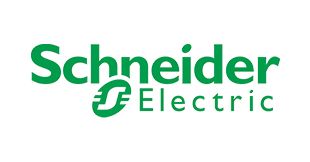

Frequently Asked Questions
Absolutely, we offer both OEM (Original Equipment Manufacturer) and ODM (Original Design Manufacturer) collaboration. Our professional team is adept at tailoring solutions to meet your specific requirements.
We accept various payment methods, including credit cards, bank transfers, and online payment platforms. Please reach out to our sales team for specific details regarding payment options and any associated fees or requirements.
We stand behind the quality of our products and offer a warranty period for manufacturing defects. The specific warranty terms and duration may vary depending on the product category. Please refer to our warranty policy or contact our customer service team for more information about warranty coverage and claim procedures.
Our products have passed ISO9000 system, ISO45001 (GB/T 45001) system certification, etc.
Different series of products have different quality inspection processes, such as general factory inspection appearance, load performance test, sealing performance test, etc.
The time for different series of models is different.
The minimum order quantity of different series of models is different. Please contact us for more information.
If you require technical support or have any issues with our products, our dedicated customer service team is here to assist you. Please contact our customer service department with your specific inquiries or concerns, and we will promptly address them to ensure your satisfaction.
Request a Quote
Ready to Work Together? Build a project with us!

